Recently, many old black-and-white films that have become classics have been painted, so this will not surprise anyone. But have you ever thought about the fact that modern paintings undergo significant color processing and initially look far from as juicy as we see them on screens?
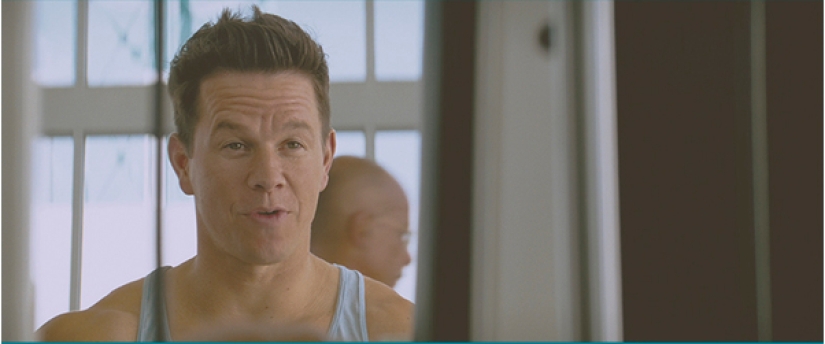

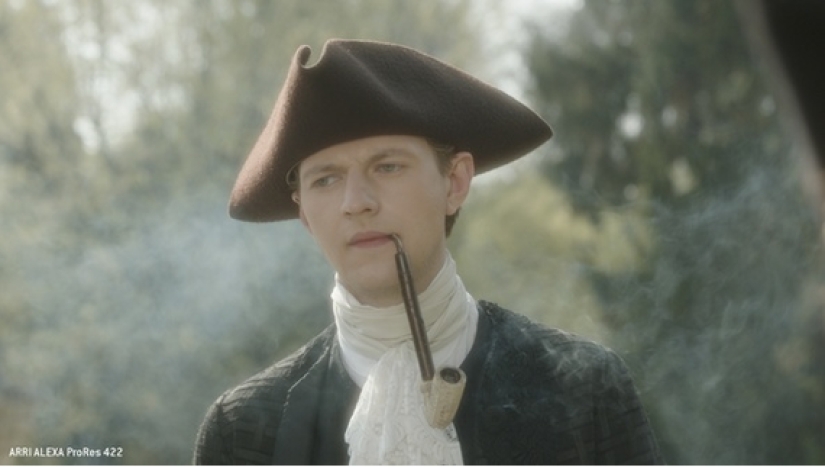
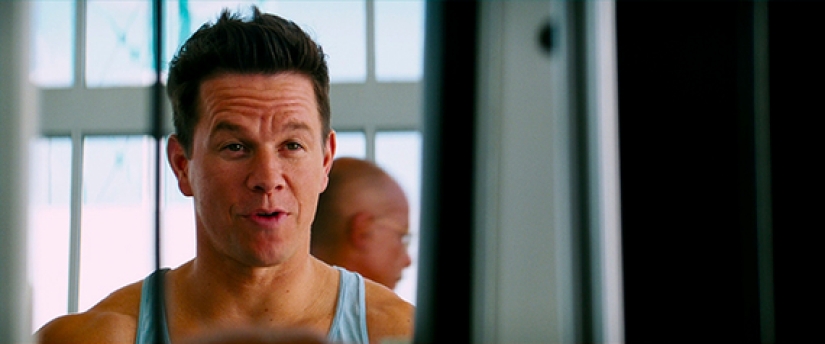
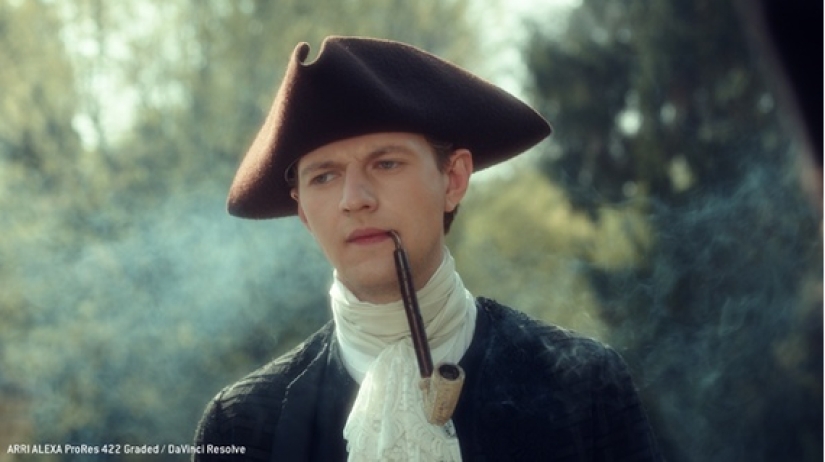

There are five of the most popular color schemes in cinema.
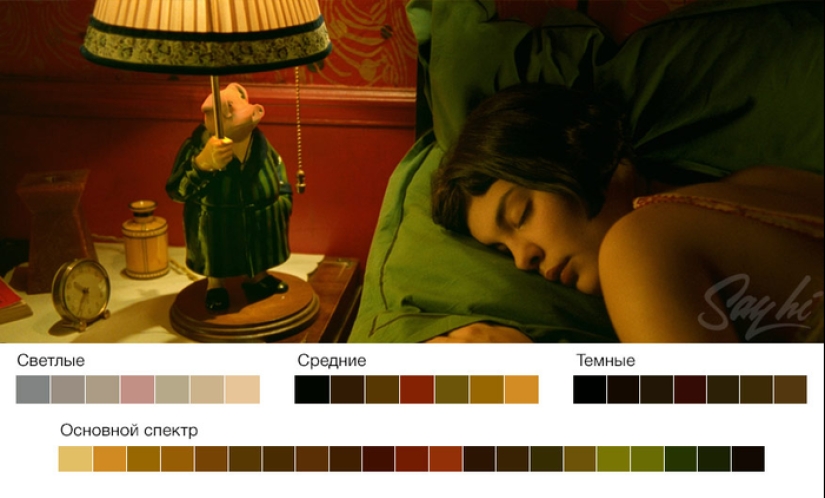
The most common, it combines two opposite colors. This technique helps to give the frame life, as the viewer perceives the use of warm and cold colors in one frame as something very harmonious.
Most often you can notice combinations with blue and light blue, which are so characteristic of modern blockbusters.
About the most popular colors — blue and orange.
The saturation of colors may vary, but complementary pairs of colors often look very natural and delight the public eye. A few more examples:
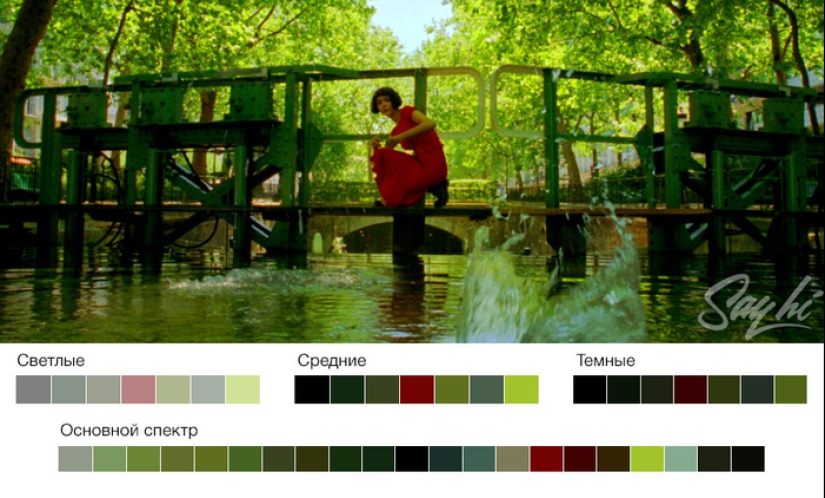
"Amelie" (2001).

The use of complementary red and green colors.

"Fight Club" (1999).
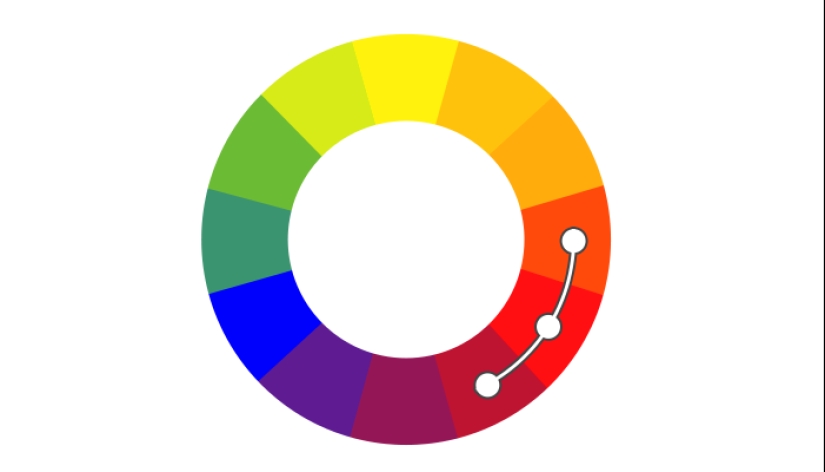
Orange, enhanced in light areas, and greenish-blue color in the shadows of "Drive" (2011).
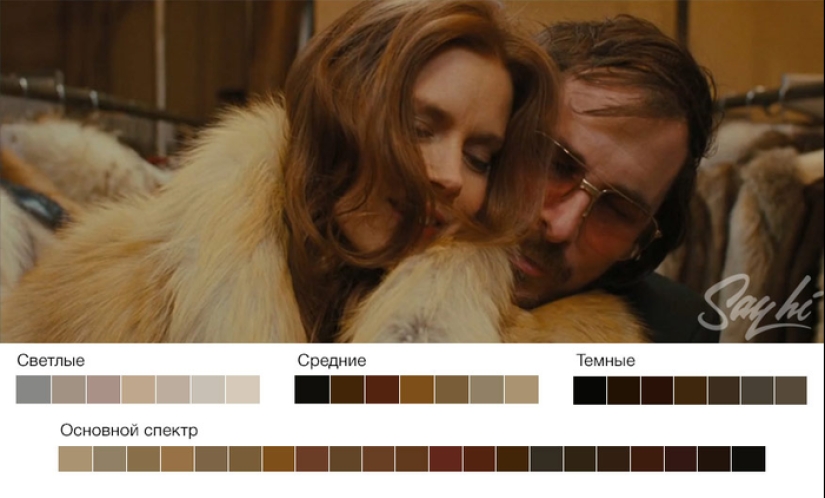
It is usually used to recreate a cozy or harmonious picture.
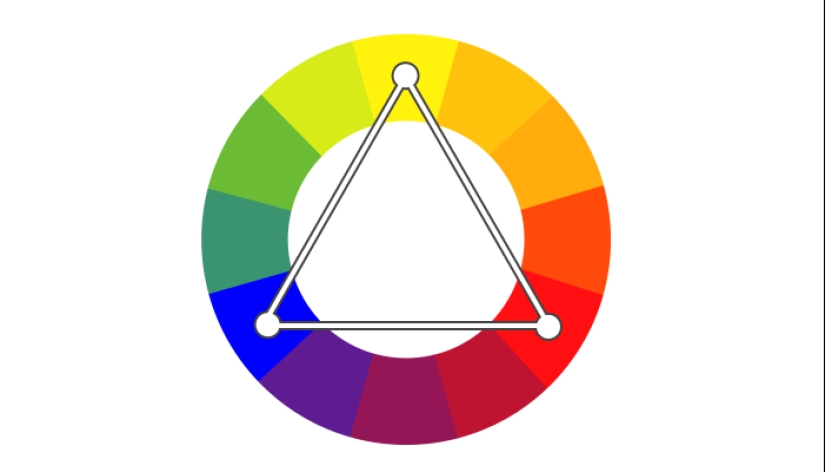
Using adjacent colors avoids contrast. The colors are either only warm or only cold.
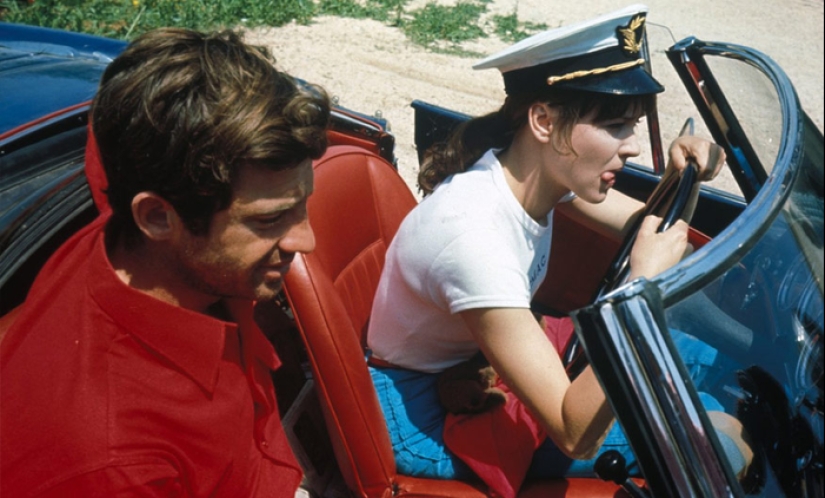
The three colors are equidistant from each other.

In this scheme, one color dominates the other two. So even not too saturated colors begin to play with new colors.
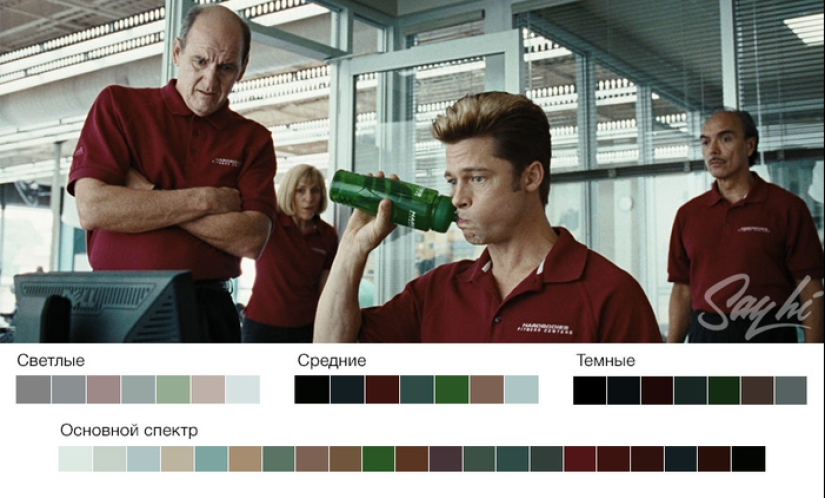
Very similar to the previous scheme, but instead of one opposite color, two are used.
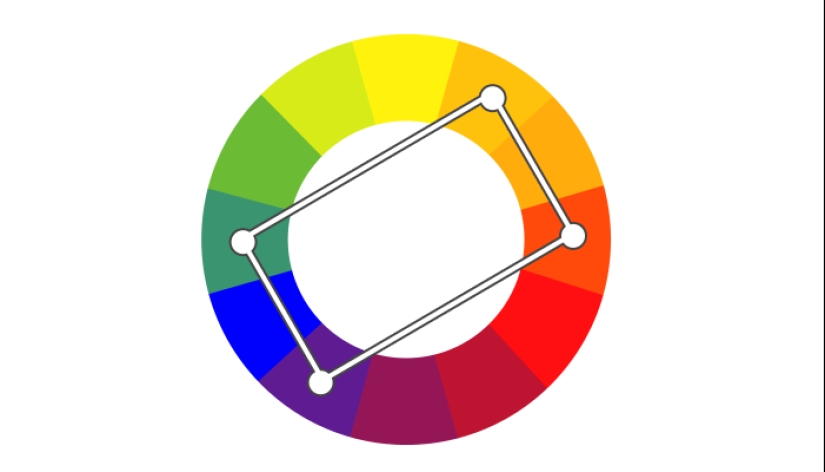
As a result, the contrast persists, but it is not so obvious.
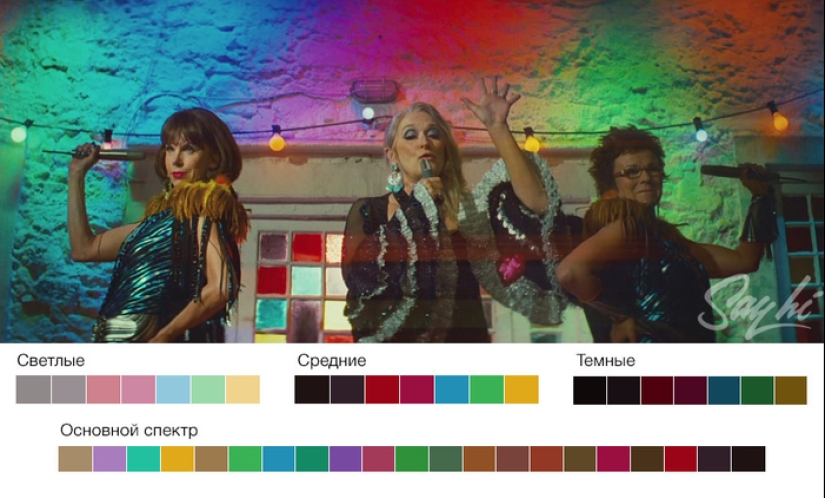
A very diverse color scheme of two pairs of opposite colors.

However, the main color is still the same. The opposite one highlights accents, and the second pair of complementary colors acts as complementary. It is used less often, since it is very easy to overload the frame.

Initially, the frame in the movie looks like this.

And only after post-production we get this.

In most cases, they try to shoot in such a "faded" format, which is called logarithmic. This format is low-contrast, has a large dynamic range and extensive color coverage.
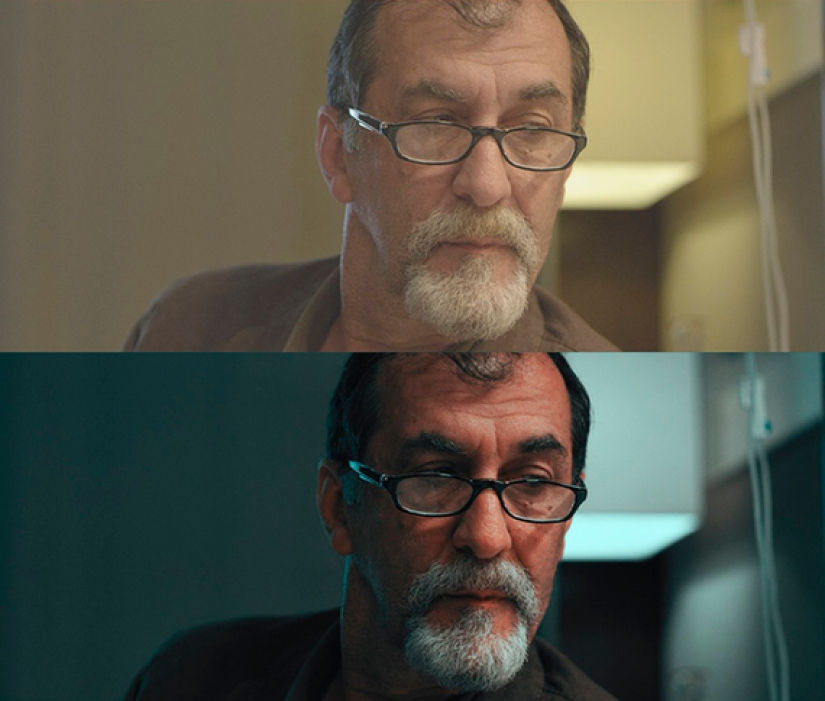
And this is done in order for a person who works with color, a colorist, to be more comfortable working with the source material.

Over the long years of the existence of color cinema, the most popular color schemes have appeared. To select the necessary combination, use the Johannes Itten color circle.
Recent articles

American artist Lee Price is sure that eating is a completely natural process, but many are ashamed of their attitude to food, ...

There is an unusual exhibit at the National Museum of Natural History in Washington. This is the skeleton of a man, on whose chest ...

A series of works by photographer Brian VILS from new York, dedicated to girls, sheltered the homeless and abandoned cats. 'brien ...